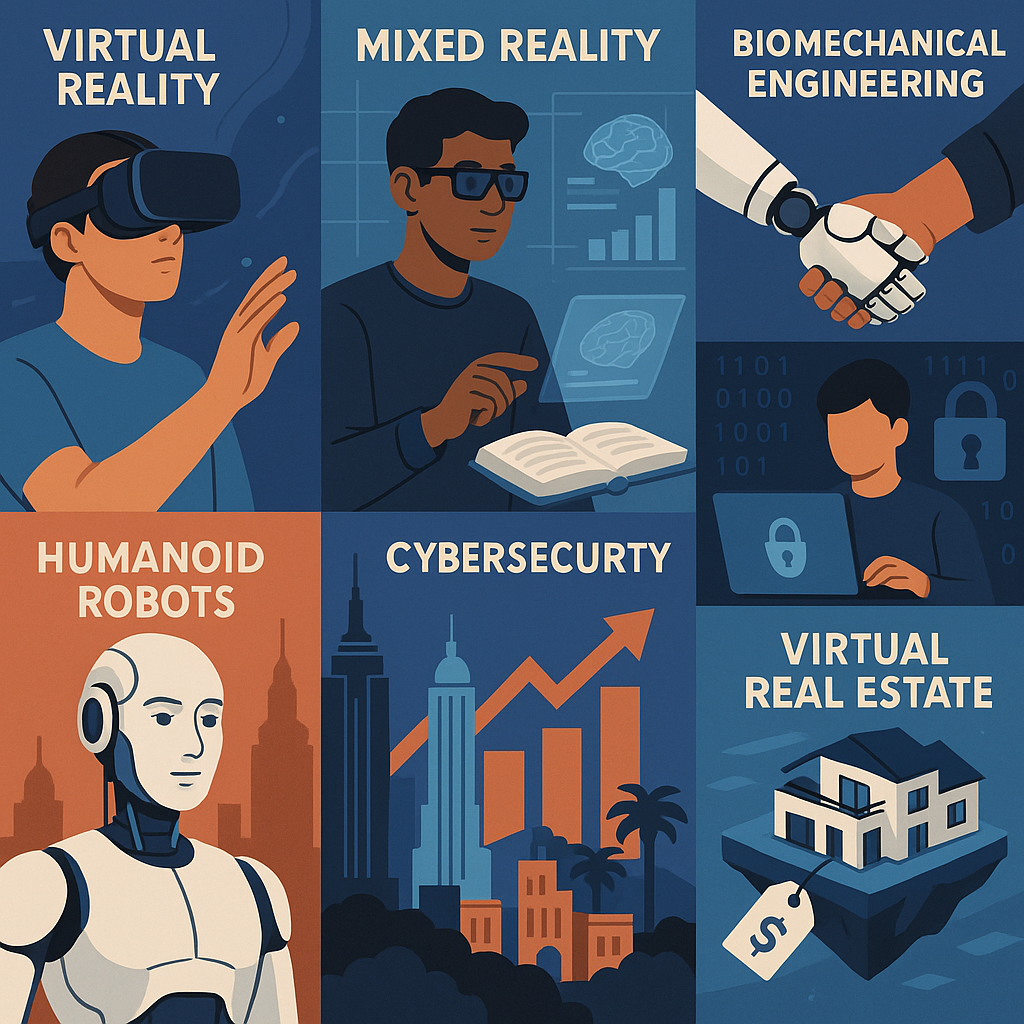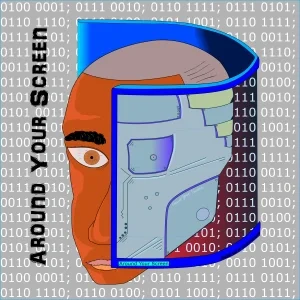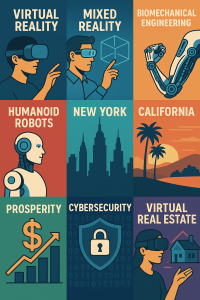
Virtual Reality (VR) stands at the forefront of technological evolution, blending immersive digital experiences with real-world applications like never before. Today, VR is redefining not just entertainment, but also education, therapy, and corporate training. Its power lies in its ability to transport users into meticulously crafted environments, offering a heightened sense of presence and interaction. As headset technology becomes more accessible and affordable, new industries are jumping on board, realizing that VR can enhance the way people communicate, learn, and collaborate. Companies in industries such as healthcare, architecture, and even tourism are leveraging VR to streamline operations, reduce costs, and elevate client engagement. As we reflect on this progress, it’s clear that VR acts as a springboard, ushering in the next phase of extended reality.
This progression leads us seamlessly into the realm of Mixed Reality (MR), which brings together the best of both virtual and physical worlds. Unlike VR’s full immersion, MR overlays digital content onto our immediate environments, allowing real-world and virtual elements to interact. Mixed Reality has already made waves in fields like education, where digital models animate atop textbooks, and in industrial maintenance, where technicians use smart glasses to visualize repair guides over physical machinery. The boundaries between tactile and digital begin to blur through MR, opening up opportunities for collaborative design, data visualization, and remote diagnostics. The integration of MR within daily life represents a bold new chapter, where the digital world augments—not replaces—our natural surroundings, giving users unprecedented control over their environments.
Meanwhile, these innovations dovetail with the advances in biomechanical engineering, a field that fuses engineering principles with biological systems to create life-enhancing technologies. From prosthetics controlled by neural impulses to exoskeletons that help individuals with mobility challenges walk again, biomechanical engineering is transforming lives. This symbiotic relationship between human biology and advanced machinery is further evidenced by the emerging generation of humanoid robots. Sophisticated in their ability to mimic human movement and expression, these robots are not only changing the face of care for the elderly or disabled, but also assisting with tasks ranging from automated delivery to complex surgical procedures. As we imbue machines with an ever-greater understanding of human biomechanics, the collaboration between humans and robots promises to be one of our era’s greatest achievements.
Looking at where technological prosperity is most vividly felt, New York and California take center stage. Both states act as fertile incubators for tech startups and global innovations. Silicon Valley in California remains an epicenter for venture capital investment, while New York is gaining ground as a hub for finance-centered tech companies, media innovations, and next-generation urban infrastructure. The resulting prosperity in these regions creates a trickle-down effect, inspiring educational institutions, governments, and private investors nationwide to prioritize cyber literacy and technical education. However, such progress also demands robust cybersecurity. As enterprises harness advanced digital tools, the risk of breaches and data theft grows. Defending virtual assets—be it personal data, financial records, or intellectual property—becomes paramount. Thus, cybersecurity professionals are in greater demand than ever before, working tirelessly to keep networks and individual information safe from evolving threats.
One intriguing extension of this digital landscape is the emergence of Virtual Real Estate. In online worlds built on blockchain and powered by immersive simulations, people are buying, selling, and even building property much as they do in the real world. These virtual lands serve as spaces for digital commerce, social gatherings, and creative expression, often costing as much as—or even more than—physical property in some cases. The convergence of VR, MR, and secure digital transactions has given rise to these marketplaces, democratizing access to ‘real estate’ and supporting entirely new economies. Fun fact: In 2021, a plot of virtual land in Decentraland, a popular metaverse platform, sold for over $2.4 million, illustrating just how valuable digital property has become to investors and innovators alike. As people ponder the future of our increasingly digital society, virtual real estate stands as a testament to how technology, creativity, and economic potential can intersect.
The intertwining of virtual and mixed realities, biomechanical engineering, humanoid robots, prosperity in tech epicenters like New York and California, cybersecurity, and virtual real estate weaves a tapestry of innovation that touches all aspects of modern life. Each advancement feeds into the next, with creativity and engineering sophistication driving humanity forward. For readers looking to share meaningful insights, consider how these technologies, though distinct, are united by a single thread: the ongoing quest to enhance the human experience—physically, economically, and socially. Whether you’re a creator, investor, educator, or enthusiast, embracing and understanding these connections prepares you to not just adapt, but thrive, in the world of tomorrow.

